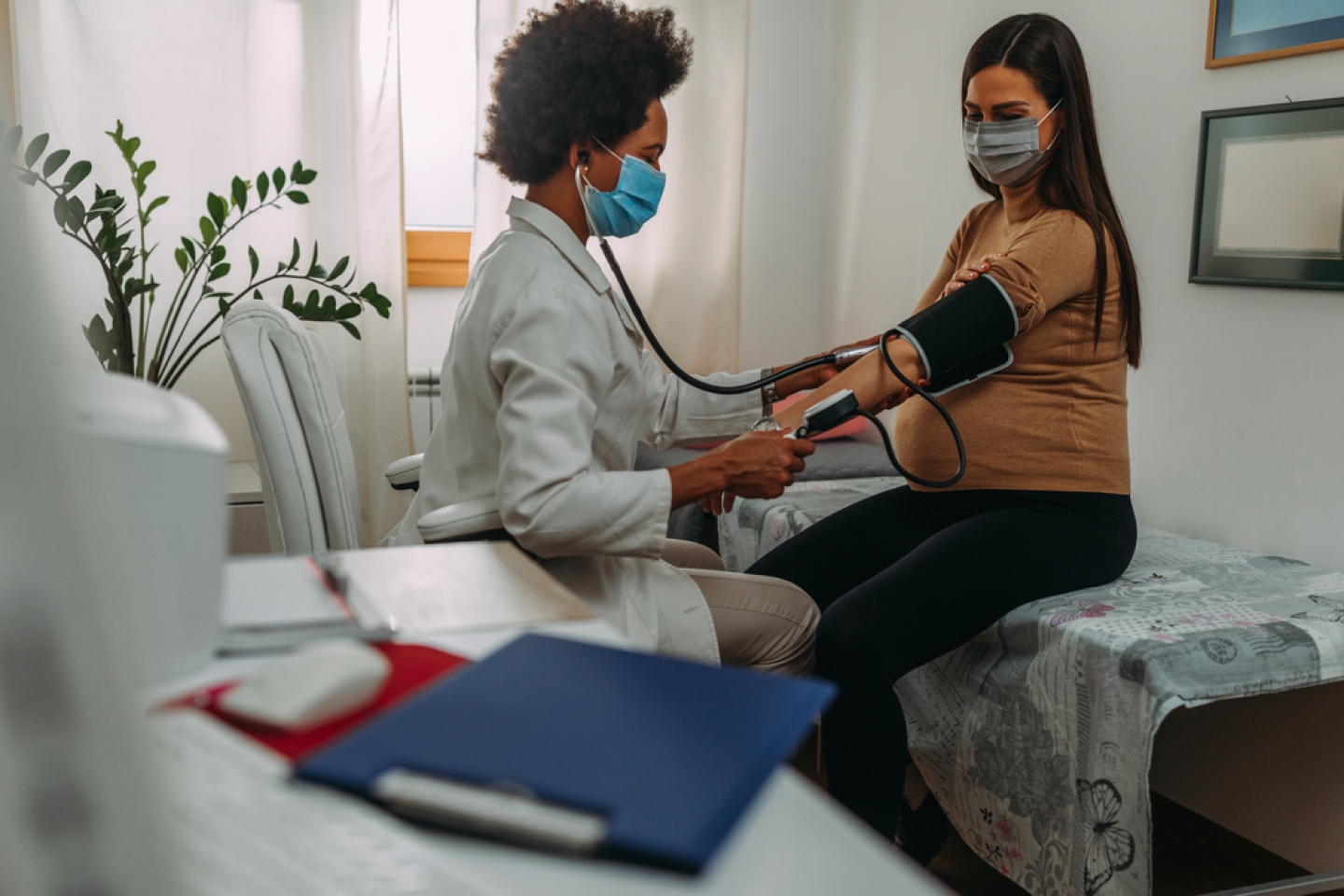
Benjamin Franklin once said that an ounce of prevention is better than a pound of cure. The question is: How can we apply the wisdom of one of our greatest founding fathers to a prevention-based approach to women’s health today?
Lifestyle choices—from good nutrition to exercise, stress management and a strong support network—should be at the heart of every woman’s preventive health plan. So should screenings.
But for the past two years or so, a period coinciding with the COVID-19 pandemic, many of us have gotten out of the habit of making those all-important routine appointments with our doctors, who screen us for diseases and conditions we all want to prevent.
With a few notable exceptions such as bone density scans and mammograms, most screenings don’t involve visualizing parts of the body on a screen. Blood tests and tissue samples make up the majority of the screenings doctors perform to rule out common problems or diagnose them early. Whatever the method, early diagnosis and early treatment are key, which is why screenings are critically important to women’s health throughout the lifespan.
With the exception of skin cancer, most cancers are invisible to the naked eye. Screening for skin cancer—the most common cancer in the U.S.—can be performed in a dermatologist’s office.
Skin cancer screening involves a full-body skin exam once a year, or more often if you are high-risk. The CDC lists the following characteristics that increase a person’s skin cancer risk:
However, people with all types of skin can and do develop skin cancer.
The second most common cancer in both men and women, lung cancer can be treated successfully if found early.
Lung cancer screening via low-dose computed tomography (CT) is recommended for people who:
Cervical cancer is the most frequently diagnosed cancer in women between ages 35 and 44. There are two ways to screen for the disease: a Pap test and an HPV (human papillomavirus) test.
Women are urged to start getting Pap tests at age 21. If the results are normal, it’s fine to wait 3 years before having your next one.
Women from 30 to 65 may need:
And women over 65 may be able to forgo continued cervical cancer screening if they have had normal results for several years, or they have had their cervix removed as part of a total hysterectomy for a non-cancerous condition.
To screen for colon cancer, your gastroenterologist will examine a sample of your stool or perform a colonoscopy—a visual exam of your colon and rectum—looking for early-stage cancer or polyps before they become cancerous.
Regular screening should start at age 45. If you have any of the following, start getting screened earlier:
Continue to seek colorectal screening through age 75.
Between ages 76 and 85, the decision to keep getting a periodic colonoscopy is optional and personal, depending on your personal preferences, health and screening history.
And after age 85, you no longer need to be screened for colorectal cancer.
In women, breast cancer is second only to skin cancer in prevalence, affecting one in eight patients. Where your breasts are concerned, the first step is to get to know how they look and feel, and perform regular self-exams. That way, you can keep track of any unusual lumps or changes in size and report these to your doctor.
An annual breast imaging exam—also known as a mammogram—is strongly recommended starting at age 40. Women 55 and older can continue with yearly screening or seek a mammogram every 2 years.